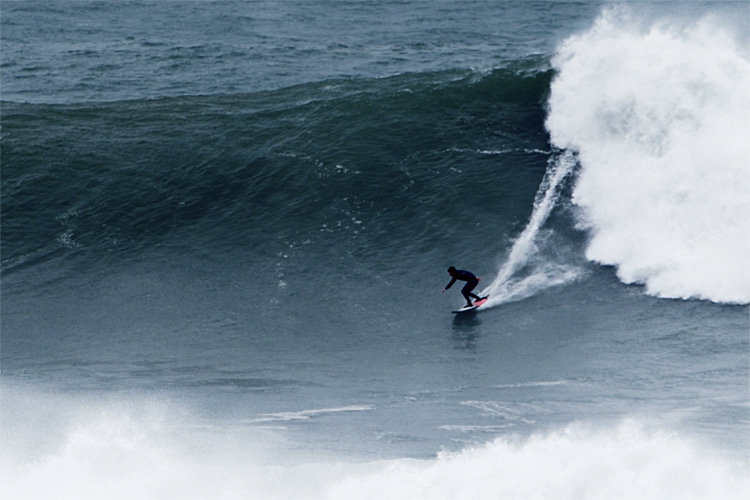The British islands are on the path of the infamous North Atlantic winter swells. Get to know The Cribbar, England's biggest wave.
Contrary to popular belief, England receives waves on all its long coastline, with Cornwall on the southwestern tip of the island, being the most consistent region.
The area receives year-round swells and features a mixture of small, rocky bays and long, sandy beaches.
Halfway down the Cornish shoreline, near the popular Fistral Beach, lies a sleeping giant.
The Cribbar is a reef break located off the Towan Head, a headland one mile west of the capital of English surfing, Newquay.
When there's a powerful swell in the North Atlantic, the energy grips the reef and generates clean, perfect, and big walls of water.
The spot's name derives from the Cornish expression "kribow," meaning "reef."
But the wave also has another self-explanatory nickname - The Widowmaker.
Its consequences can be as tragic as its neighbors and Irish monsters, Aileen's (County Clare) and Mullaghmore Head (County Sligo).
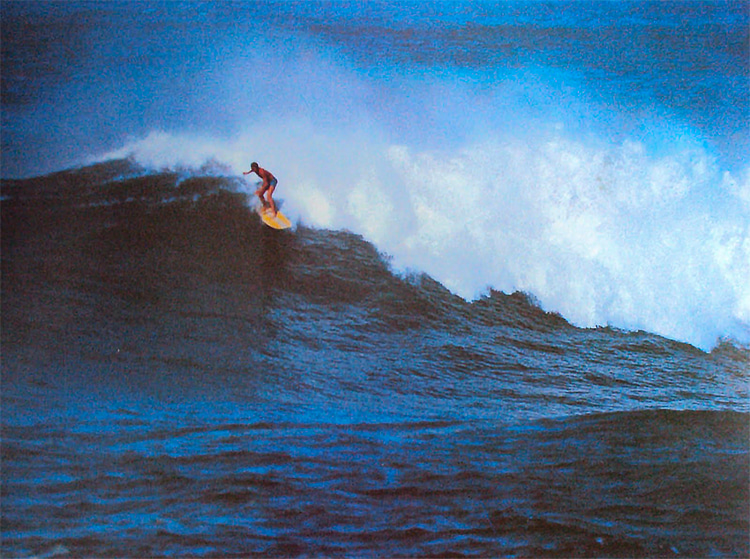
History of The Cribbar
The Cribbar was first ridden in September 1966, when four brave American and Australian lifeguards paddled out in waxless, leashless, 10-foot boards.
The group included Jack Lydgate, Ric Friar, Pete Russell, and Johnny McIlroy, who all somehow tasted the raw power of the mythical British wave.
It was the year of "The Great September Swell," as British surf historians remember it.
"One morning, the town's surfers awoke to find a monstrous swell hitting the coast," writes Roger Mansfield, author of "The Surfing Tribe: A History of Surfing in Britain."
"The lines were stacked on the horizon, generated by a deep Atlantic low which had just been downgraded from a hurricane."
"It was the biggest rideable surf many people had ever seen. Newquay Bay was closing out at eight to ten feet, while The Cribbar was breaking at 15 to 20 feet."
Those who witnessed the historical moment say that the crew paddled through the raw sewage outlet at the old Newquay lifeboat slip.
"I've never experienced the adrenaline rush of that day. In the glassy, misty conditions, with that cliff face in the background, it was surreal," recalled Pete Russell.
Jack Lydgate was the first to try his luck but was quickly cleaned up and left swimming. Unfortunately, his leashless board smashed against the nearby rocks and broke into two pieces.
The American was forced to relax, catch his breath, and swim back to shore.
Johnny McIlroy caught a clean inside wave, but when he kicked out over the lip, his board was caught by the closing-out wave.
The Australian's adventure had also ended prematurely.
Pete Russell rode a 15-foot flawlessly, but then, on a second monster wave, he also got caught inside.
"I thought I was gone. I naively tried to duck under the massive wall of whitewater while clutching the nose of my boards," Russell said.
"Fortunately, the wave that smashed me was the last in the set. Otherwise, I might not have lived to tell the tale."
Doug Wilson took photos of that historical day from the headland.
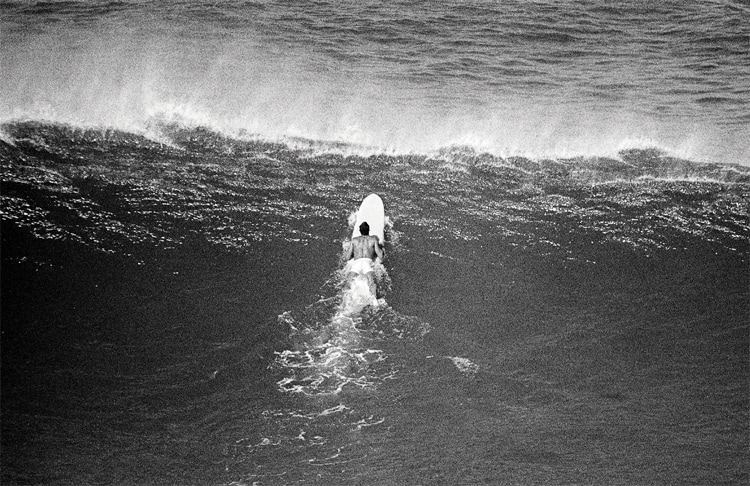
A Tricky British Reef Break
The Cribbar is a temperamental and sensitive wave.
Don't expect a clear, well-defined take-off zone. You'll need to observe, watch, analyze, and study each day's wave pattern.
Simultaneously, you need to be far out the back so that you don't get caught by a freak wave set but not too much so that you lose the take-off's sweet spot.
Bodyboarding veteran Rob Barber has already surfed The Cribbar a few times, but there was one in particular that he will never forget.
"I didn't realize that the leash I was using had a damaged string, and it snapped quite quickly when I got out there," recalls Barber.
"I'd happen to have taken a left, which is the direction that puts you right in front of the Towan headland and the rocks."
"So, my board got ripped away from me, and I found myself in the impact zone trying to work out how I was going to get out there."
"It was probably about 15 feet, and I didn't have a board, so I swam for my life, basically."
We're talking about a heavy wave that compares well to some of the world's most challenging surf breaks.
It is oftentimes an A-frame wave.
The right-hander is safer and has more shoulder; some memorable and dangerous left-handers might wall up back to the headland.
The surf zone is also a place of strong currents, even though the dangers lie ahead - the rocks that populate the water's surface close to the headland.
The Cribbar might only roar to life in all its splendor once a year.
It normally starts breaking when the swell gets over about three meters and is usually ridden around low tide.
The bigger the swell, the further the wave breaks out to sea.
A three-meter swell will have waves breaking on the first reef about 100-200 meters from the headland.
As the swell gets around 5-6 meters, it will break further on the second reef. Finally, as the swell reaches 7-9 meters, it will break 400 meters plus out the back, with wave faces over 30-40 feet.
On glory days, spectators can watch The Cribbar unleashing its power on the Towan Head.
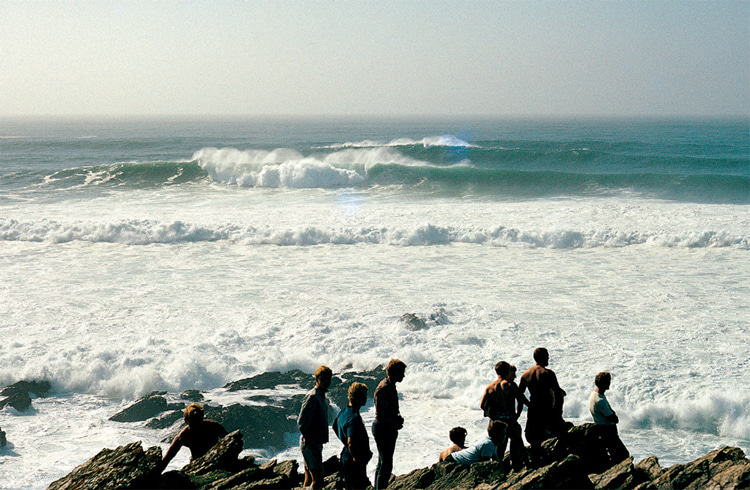
The Zorba Reef
The Cribbar has a sister wave called The Zorba.
It's another reef break that shines out of the Pentire Headland, just a mile southwest of Towan Head.
This right-hand wave starts to break at low tide when the swell gets to five meters and becomes a proper big wave spot at eight meters.
Despite being a rare wave, it occasionally appears during winter XXL swells. It also breaks a long way out to sea and is very sensitive to wind.
The Zorba needs glassy of light off-shore wind conditions combined with a massive groundswell.
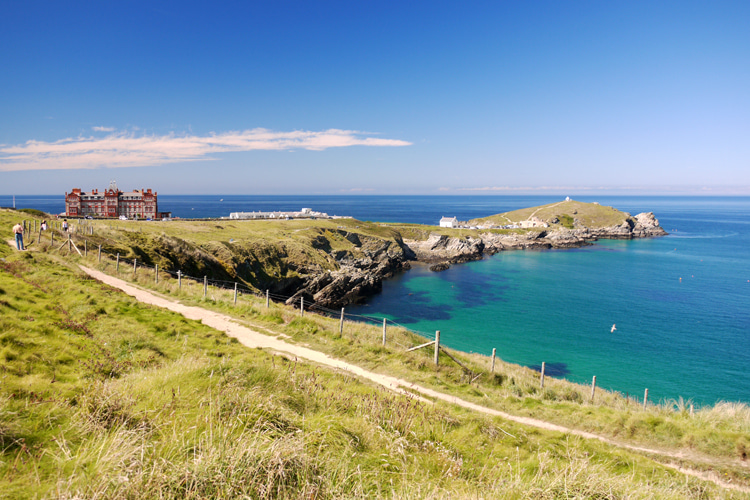
The Cribbar, Newquay, Cornwall, England | ID and X-Ray
Location: Newquay, England
Type of Wave: A-Frame Reef Break
Length: Up to 110 yards (100 meters)
Best Swell Direction: WSW
Best Wave Size: 25-50 feet
Best Wind Direction: Light SE
Best Tide: Low Tide
Best Time to Surf: Winter (December-March)
Skill Level: Advanced to Professional
Best Board: Bodyboard, Shortboard, Tow, and Gun
Crowd: Average on Epic Days
Water Quality: Good
Hazards: Reef, Rocks, Rips
Bottom: Rock and Reef
Water Temperature: 46-60 °F (9-16 °C)
Getting There: Jet Ski
